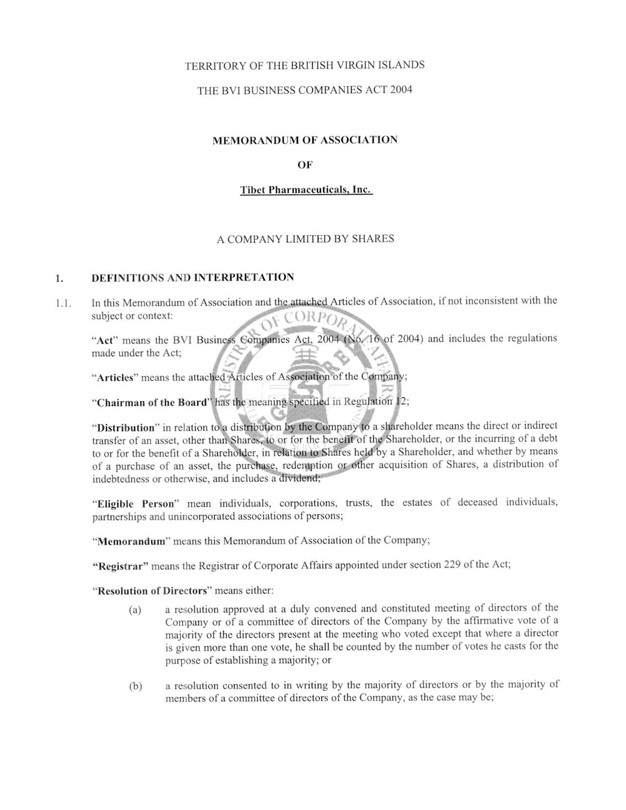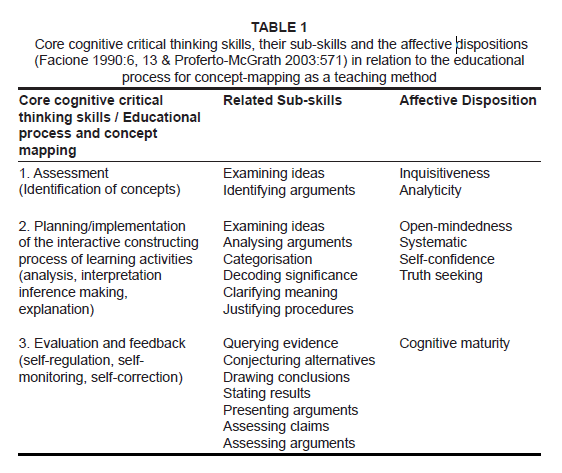Business Definitions P
Post on: 16 Март, 2015 No Comment

page views In online marketing, a request for a file whose type is defined as a page in log analysis. This is generally what people mean when they talk about Web page hits, but is a more accurate way of tracking this metric because of the way log analysis works. A single page view (one visitor looking at one page) may generate multiple hits in log analysis, as all the resources required to view the page (images. js and .css files) are also requested from the Web server.
paid-in capital Real money paid into the company as investments. This is not to be confused with par value of stock, or market value of stock. This is actual money paid into the company as equity investments by owners.
partnership Partnerships are harder to describe because they change so much. They are governed by state laws, but a Uniform Partnership Act that has become the law in most states. That act, however, mostly sets the specific partnership agreement as the real legal core of the partnership, so the legal details can vary widely. Usually the income or loss from partnerships pass through to the partners, wiuthout any partnership tax. The agreements can define different levels of risk, which is why youll read about some partnerships that have general partners and limited partners, with different levels of risk for each. The agreement should also define what happens if a partner withdraws, buy and sell arrangements for partners, and liquidation arrangements if that becomes necessary. If you think a partnership might work for your business, make sure you do this right. Find an attorney with experience in partnerships, and check for references of present and past clients. This is a complicated area and a mistake in the agreement will cause a lot of problems.
payables Short for Account Payables; Bills to be paid as part of the normal course of business. This is a standard accounting term, one of the most common liabilities, which normally appears in the Balance Sheet listing of liabilities. Businesses receive goods or services from a supplier, receive an invoice, and until that invoice is paid the amount is recorded as part of Accounts Payable.
payback period The number of years required for an organization to recapture an initial investment. This may apply to an entire business operation or an individual project.
payment days The average number of days that pass between receiving an invoice and paying it. It is not a simple estimate; it is calculated with a financial formula: =(Accounts_payable_balance*360)/(Total entries to accounts payable*12)
payment delay The number of days on average a business waits between receiving a bill and paying a bill. Also called payment days.
payroll Wages, salaries, employee compensation.
payroll burden Payroll burden includes payroll taxes and benefits. It is calculated using a percentage assumption that is applied to payroll. For example, if payroll is $1,000 and the burden rate is 10 percent, the burden is an extra $100. Acceptable payroll burden rates vary by market, by industry, and by company.
penetration pricing strategy Setting a relatively low initial price for a new product or service.
perceived risk The extent to which a customer or client is uncertain about the consequences of an action, often relating to purchase decisions.
perceptual map A two or three-dimensional illustration of customer’s perceptions of competing products comparing select attributes based on market research.
personal selling The use of face-to-face communication between the seller and buyer.
Political, Economic, and Social Trends (PEST) analysis PEST is a popular framework for situation analysis, looking at political, economic, and social trends. Analyzing these factors can help generate marketing ideas, product ideas, etc.
plant and equipment This is the same as long-term, fixed, or capital assets. These are generally assets that are depreciated over terms of more than five years, and are likely to last that long, too.
Point of Purchase (POP) advertising A retail in-store presentation that displays product and communicates information to retail consumers at the place of purchase.
portfolio The complete array of an organizations offerings including all products and services. Also called an offering mix.
positioning Orchestrating an organization’s offering and image to occupy a unique and valued place in the customer’s mind relative to competitive offerings. A product or service can be positioned on the basis of an attribute or benefit, use or application, user, class, price, or quality.
premiums A product-oriented promotion that offers some free or reduced-price item contingent on the purchase of advertised or featured merchandise or service.
price elasticity of demand The change in demand relative to a change in price for a product or service.
privately owned 1) A company whose shares are not publicly traded on a stock market. Such companies usually have less restrictive reporting requirements than publicly traded companies. 2) A company which is not owned by the government (state owned).
pro forma income statement A projected Income Statement. Pro forma in this context means projected. An income statement is the same as a profit and loss statement, a financial statement that shows sales, cost of sales, gross margin, operating expenses, and profits.
pro forma statements Financial statements that project the results of future business operations. Examples include a pro forma balance sheet, a pro forma income statement, and a pro forma cash flow statement.
product definition A stage in a new product development process in which concepts are translated into actual products for additional testing based on interactions with customers.

product development Expenses incurred in development of new products (salaries, laboratory equipment, test equipment, prototypes, research and development, etc.).
product development strategy A product-market strategy whereby an organization creates new offerings for existing markets innovation, product augmentation, or product line extensions.
Product Life Cycle (PLC) The phases of the sales projections or history of a product or service category over time used to assist with marketing mix decisions and strategic options available. The four stages of the product life cycle include introduction, growth, maturity, and decline, and typically follow a predictable pattern based on sales volume over a period of time.
product line A group of closely related products with similar attributes or target markets.
product-line pricing The setting of prices for all items in a product line involving the lowest-priced product price, the highest price product, and price differentials for all other products in the line.
profit Profit is an accounting concept, normally the bottom l;ine of the Income Statement, which is also called Profit or Loss statement. Start with sales, subtract all costs of sales and all expenses, and that produces profit before tax. Subtract tax to get net profit.
profit before interest and taxes This is also called EBIT, for Earnings Before Interest and Taxes. It is gross margin minus operating expenses.
profit or loss Also called Profit and Loss statement. An income statement is a financial statement that shows sales, cost of sales, gross margin, operating expenses, and profits or losses. Gross margin is sales less cost of sales, and profit (or loss) is gross margin less operating expenses and taxes. The result is profit if its positive, loss if its negative.
proprietary (private) limited company pty limited (Australia): A Proprietary Limited Company is a private company, in which the right to transfer shares is restricted and the number of members is limited to no more than fifty. In addition, the company is prohibited from inviting the public to subscribe for its shares and, from inviting the public to deposit money with the company.
public relations Communications often in the form of news distributed in a non-personal form which may include newspaper, magazine, radio, television, Internet or other form of media for which the sponsoring organization does not pay a fee.
publicly traded A company owned by shareholders who are members of the general public and trade shares publicly, as on the stock market.
pull communication strategy The practice of creating interest among potential buyers, who then demand the offering from intermediaries, ultimately “pulling” the offering through the channel.
push communication strategy The practice of “pushing” an offering through a marketing channel in a sequential fashion, with each channel focusing on a distinct target market. The principal emphasis is on personal selling and trade promotions directed toward wholesalers and retailers.














